This week on the blog, we’re spotlighting one of our newer TotalBoat ambassadors, Sailor Barry, who, along with his partner Haley, faced a major setback aboard their beloved Thunderchild. In the latest video titled “Deck Destroyed During Peak Sailing Season! Sailing Plans On Hold!”, Barry discovers the full extent of a leaking deck and makes the difficult call to rip up the original teak and start fresh. The episode is equal parts boat work and big decisions, all fueled by a ton of elbow grease, community support, and a solid lineup of TotalBoat products.
From Small Leak to Full Deck Replacement
The couple originally hoped for a simple repair: dig out the leaking seams, fill with epoxy, and move on. But once Barry got into the job, it became clear that the teak decking was too thin and brittle to salvage. “The more I worked it, the more it would shatter,” he said. And that’s when the project went from patch job to full-scale deck rebuild.
Their new plan? Rip up the teak, preserve the still-solid plywood underneath, and install a brand-new deck made of yellow cedar and sapelle, thicker, brighter, and far more rot-resistant. “It’s the best yellow cedar I’ve ever had the chance to work with,” Barry says of the air-dried, old-growth lumber he picked up. “It was like it was meant to be.”
Tools of the Trade: TotalBoat Essentials
Throughout the video, you’ll spot some TotalBoat favorites hard at work:
-
Thixo was used to seal gaps in the hatch combing that had caused interior leaks. Even after sanding, Haley noted how seamlessly Thixo blended into the surface: “It actually disappears really beautifully.”
-
Gleam Marine Spar Varnish made its mark in the interior, especially on the trim and hatch combing, giving the space a polished, finished look. As Haley put it, “It just kind of blends everything together — somehow.”
-
High Performance Epoxy (thickened with Milled Glass Fiber) was key for fairing out the deck after the old planks were removed. Some of the plywood layers pulled up with the old teak, but the epoxy made it possible to smooth everything out and prep for the next phase.
-
Penetrating Epoxy was applied to the exposed plywood substrate to strengthen and protect it — especially important with rainy weather looming and the foredeck wide open.

A Better Deck for the Future
The plan moving forward is ambitious but smart: thick, one-inch yellow cedar planks, swept decks with covering boards, no fasteners, and seams bedded in epoxy. Barry explains, “There’s not a single hole through the decks. Long-term, this will really help us keep the decks watertight.”
And perhaps best of all, the new deck will be serviceable. If a seam ever leaks, Barry can reef it and re-cork it without ripping the whole thing apart.
Mizen Mast Makeover
While the deck work dominated the episode, Barry and Haley also made progress on converting their mizen mast to a traditional gaff rig. That meant removing hardware, redesigning cleat placements, and reviewing old blueprints - all part of their vision to restore Thunderchild in a way that honors both function and tradition.
Sailing Plans Delayed… But Not Derailed
Though this major rebuild pushed their sailing plans back, Barry and Haley are setting the boat up for the next generation. With high-quality materials and thoughtful craftsmanship, they’re not just patching a problem; they’re improving their boat in a meaningful way.
And as always, their sense of humor and heart shine through. Whether they’re joking about “magic varnish” or sharing a peaceful moment on Saturnina Island, we can’t help but root for them!
Shop the products they used:
Stay tuned — next time we might just see those new decks going in!
Want to feature your own boat project on the blog? Tag us on Instagram or YouTube or email your story to social@totalboat.com!

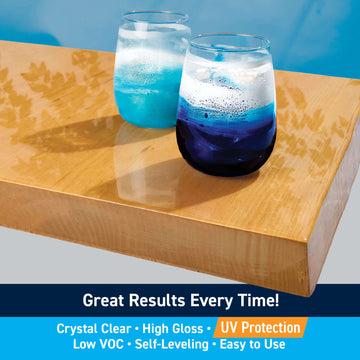
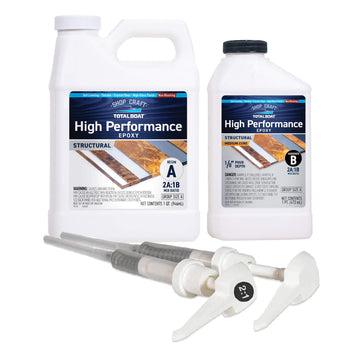
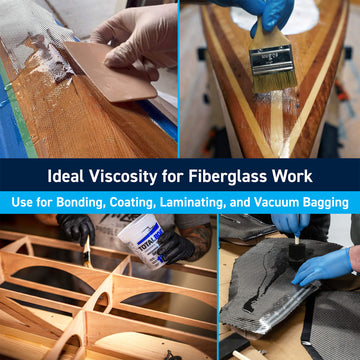
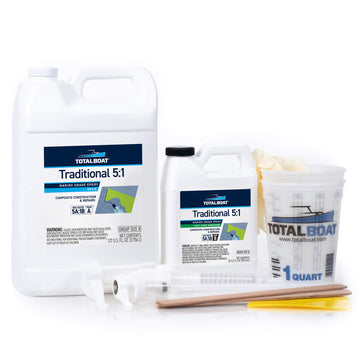
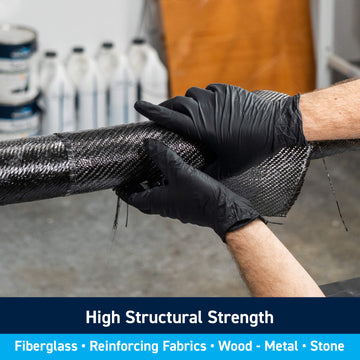

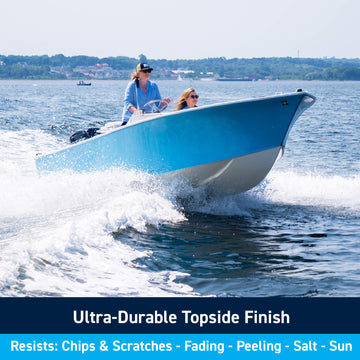
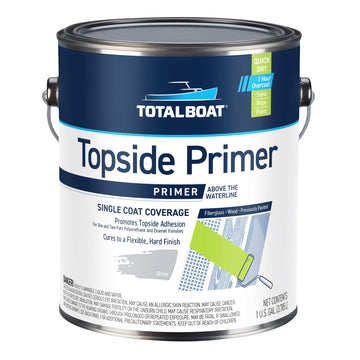
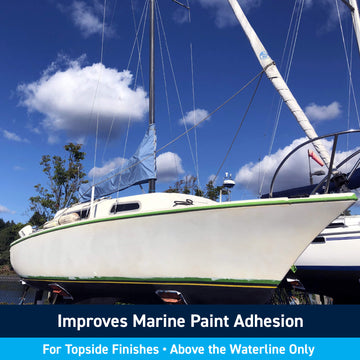

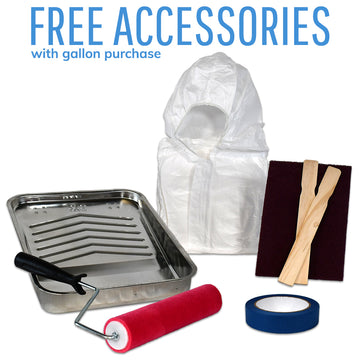
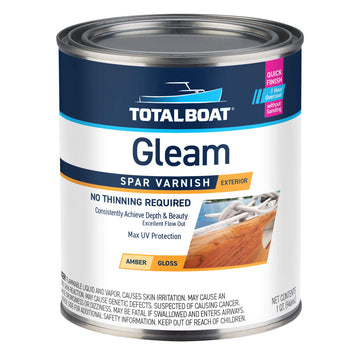
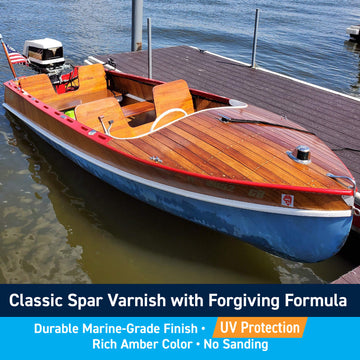
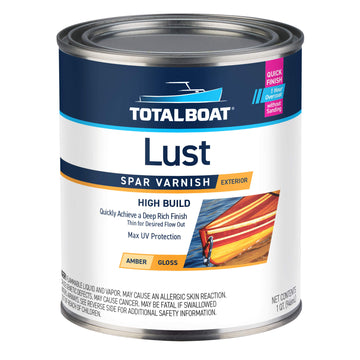
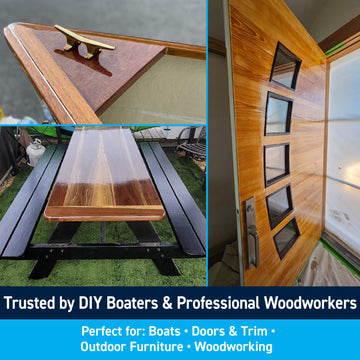
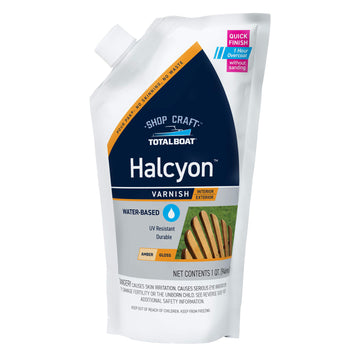





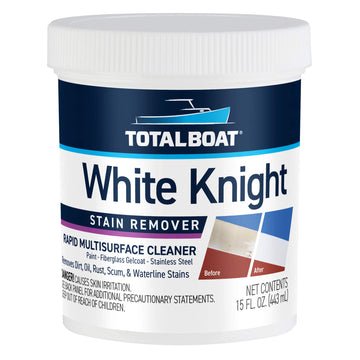
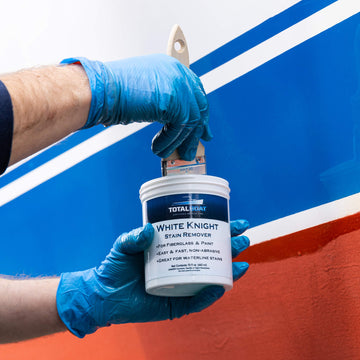


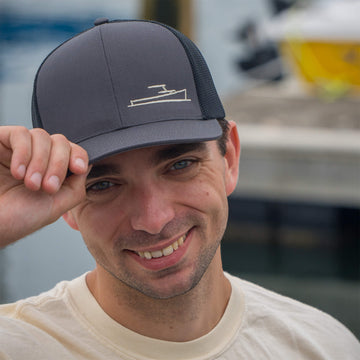
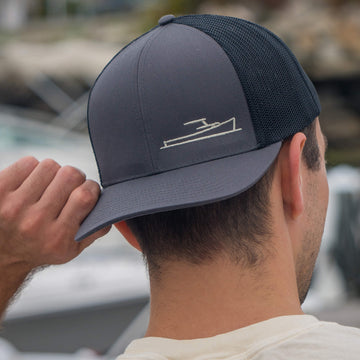
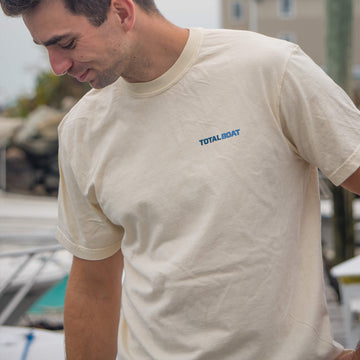
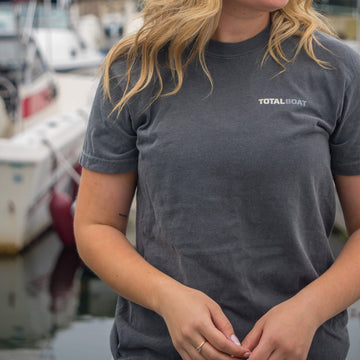

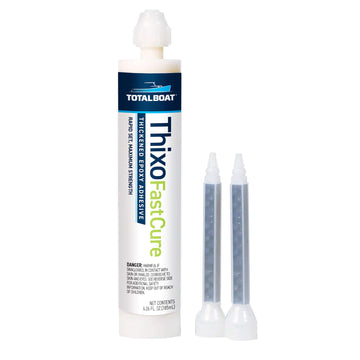
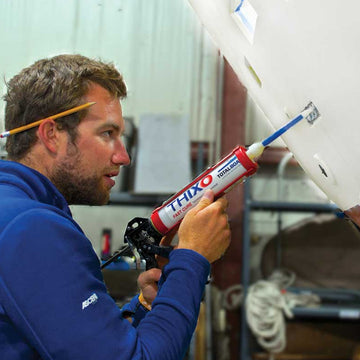
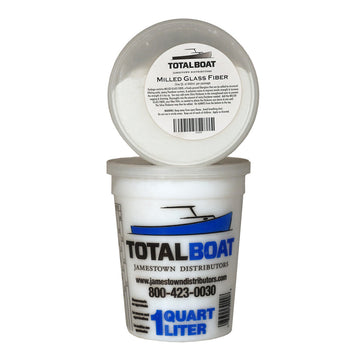
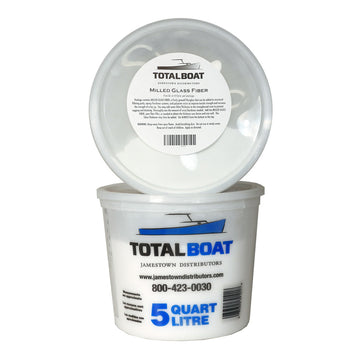

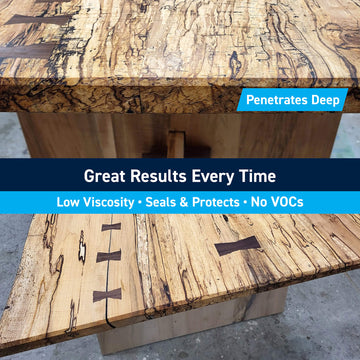



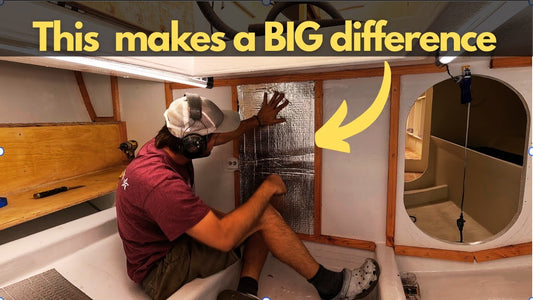
2 comments
Love Sailor Barry and Hailly! Thunder Child is a beautiful boat with an amazing story, it’s great Total Boat is a part of their journey!
Love JD products, their services, and technical information. This video is quite shocking,..no face masks while sanding, or using the toxic products. Not a good example of safe, best practices workmanship. JD should be more selective in displaying things such as this.